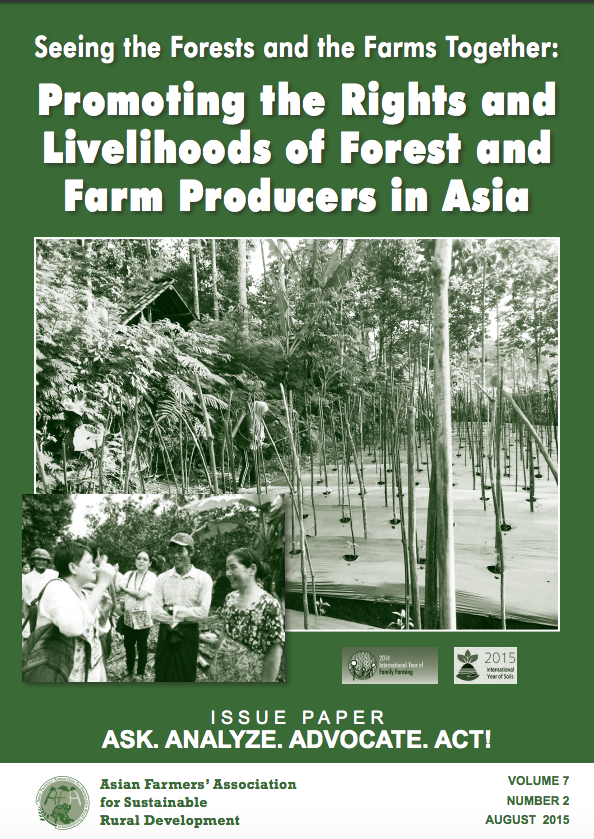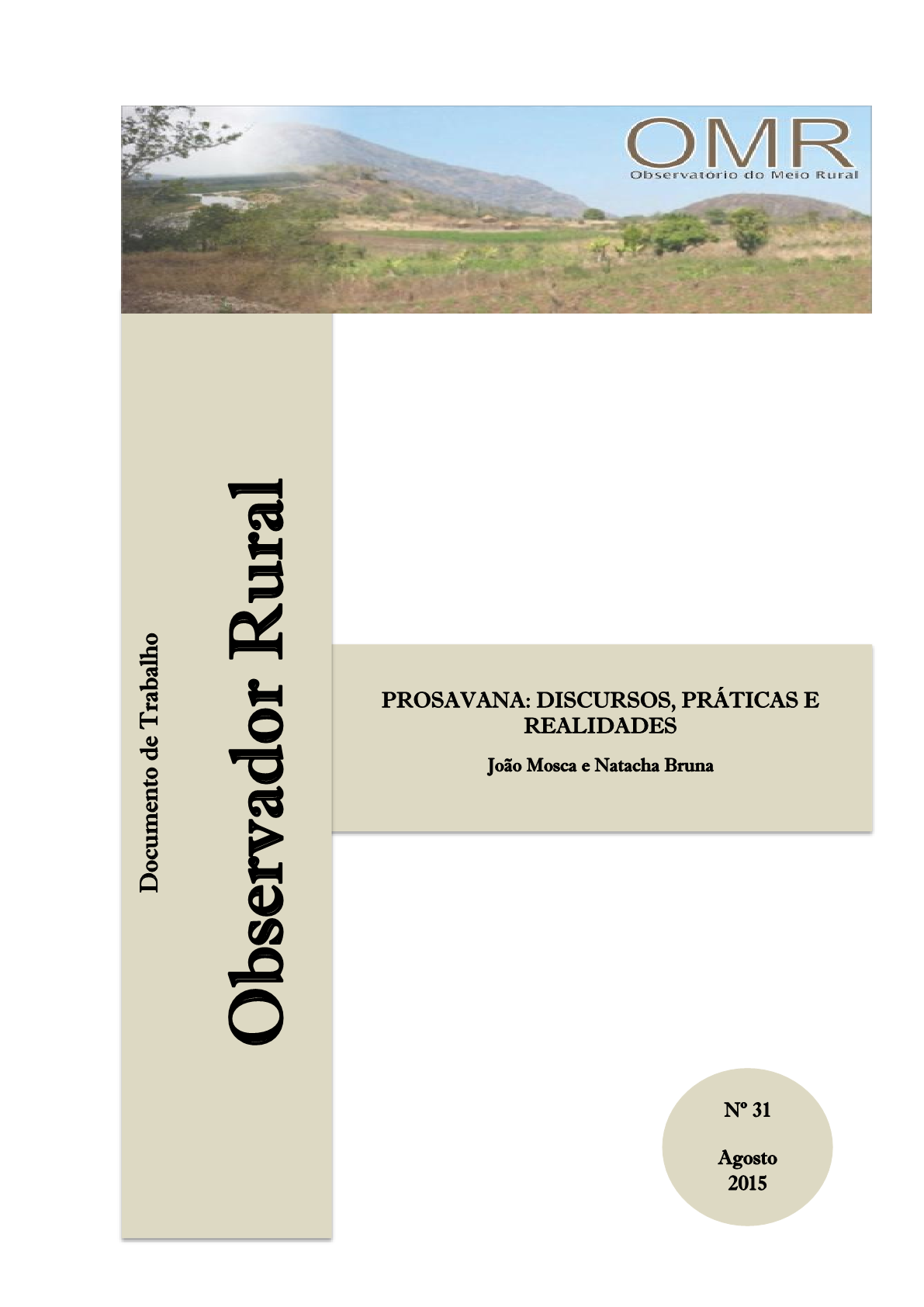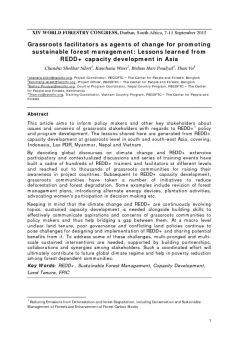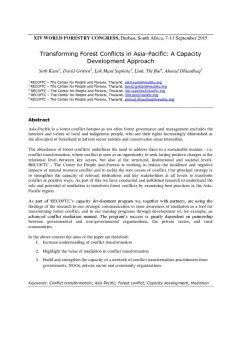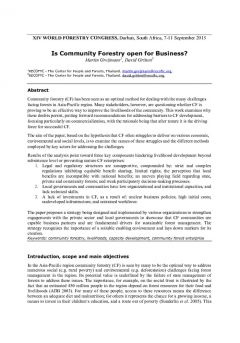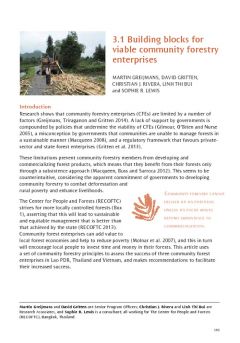Seeing the Forests and the Farms Together: Promoting the Rights and Livelihoods of Forest and Farm Producers in Asia
There is a very close relationship between forestry and farming. Both forests and farms are source of food (both from plants and animals), nutrition, health, and livelihoods for family farmers. Besides, forests provide sources for fuel, energy, water and medicines. Forests beautify and contribute to biodiversity in a particular landscape.

